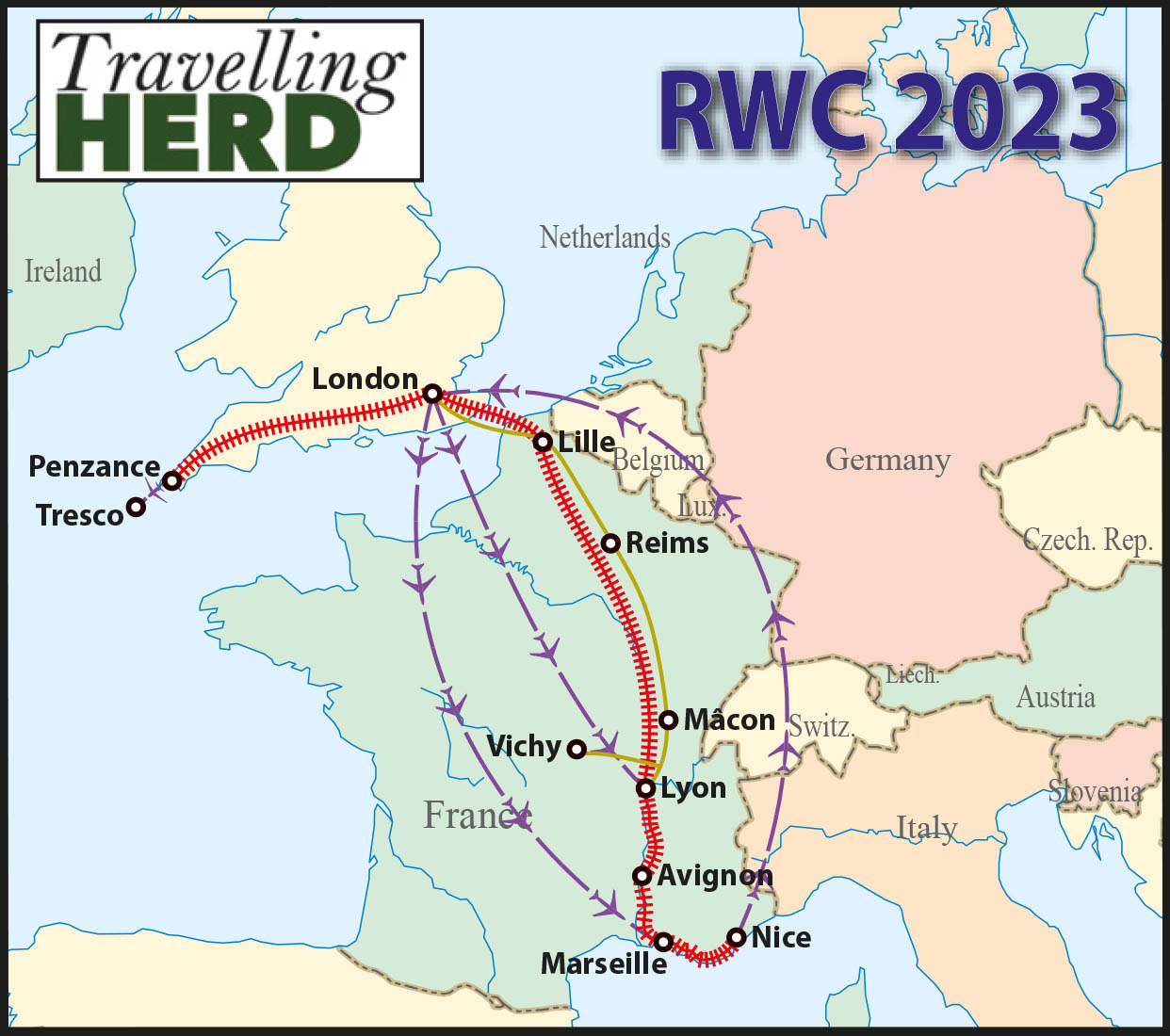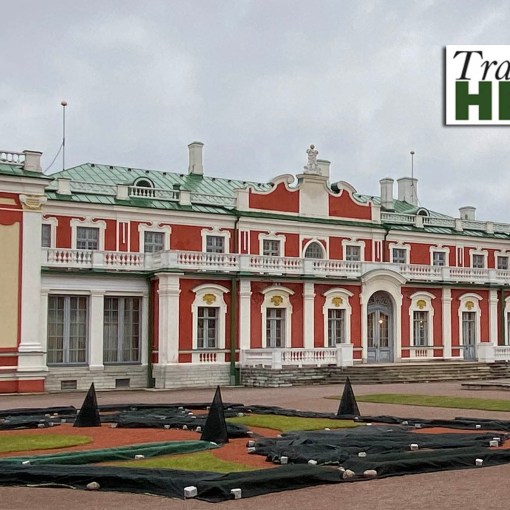Read this blog: The one where we remember the fallen of WWI
Tuesday 10th and Wednesday 11th October 2023
The following morning, we left Brugge and drove towards Ypres and the Sanctuary Wood Museum and the nearby Hill 62 where the memorial bears the inscription Here in Sanctary Wood and on the Hooghe-St. Elooi, the British fought for the defence of Ypres.
This is a very sparse description for such a huge military undertaking and the considerable and tragic loss of life. The place was named Sanctuary Wood because of the extreme quietness there. However it was also the site of extreme conflict. From 2nd to 6th June 1916 the German army mounted a ferocious and determined attack. A week later on 13th June 1916, the British unleashed a counter-attack which, according the leaflet we were given, ‘annihilated the German gain’.
There is an extensive display of munitions, equipment and uniforms from WWI and trench periscopes have been adapted to show photographs almost as though you are looking back in time.

Having been forced to keep our distance from people during lockdown, the instruments of hand to hand combat seemed particularly shocking.
However, by far the most striking exhibit has to be the remaining communication trenches themselves.
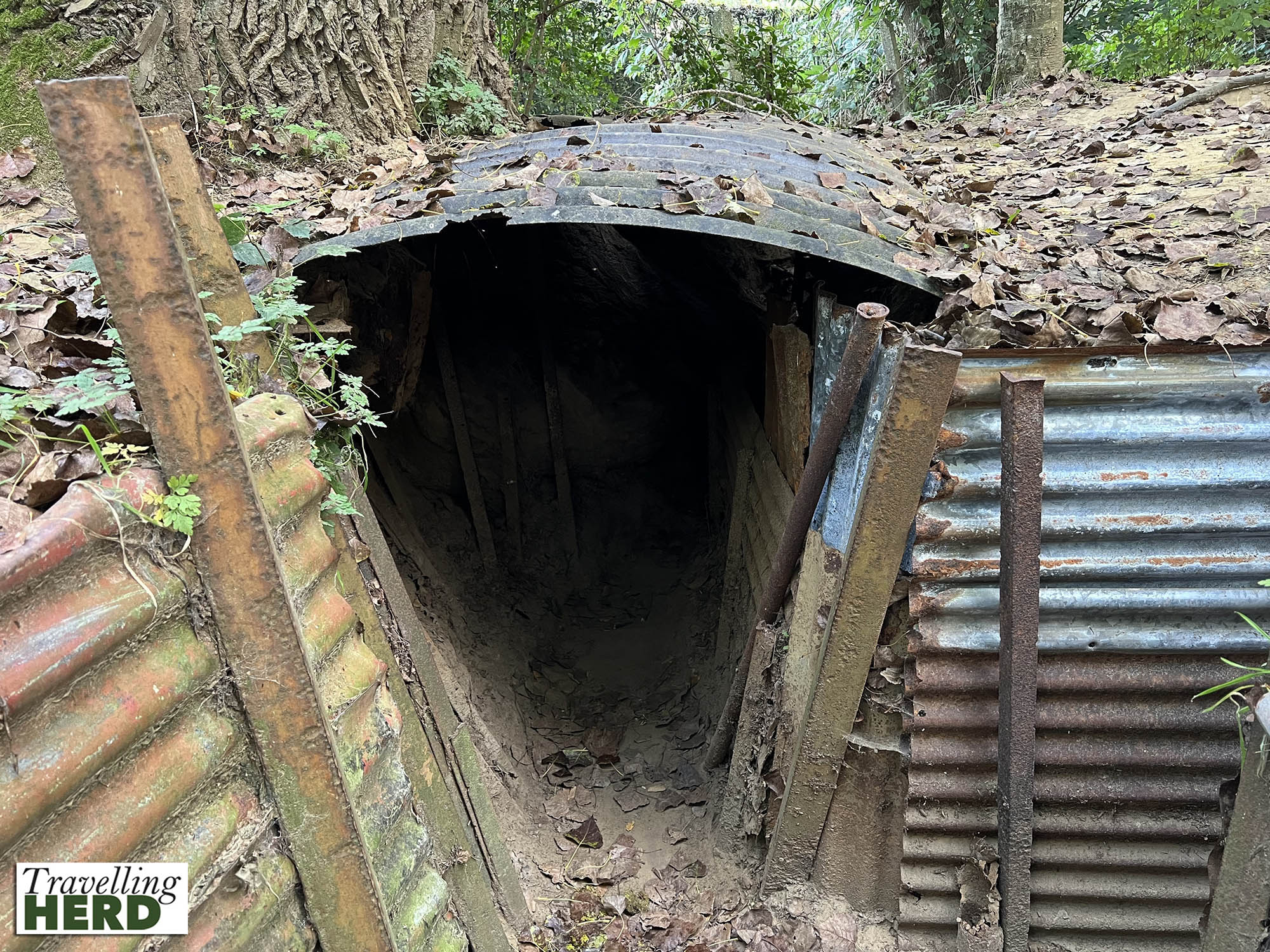
Although most of the system of trenches were ploughed over by farmers returning to work the land, here a section has been left as it was when the war ended in 1918. Now it is over a century old, but even when new, the corrugated iron surely cannot have provided much protection against the interminable enemy shelling.

The trenches are barely wide enough in places, and certainly not deep enough, for a man to walk upright. We visited after a dry summer and yet there were places where the dark mud still lingered. The conditions in winter when trench foot was rife are well-documented and are almost unimaginable for subsequent generations.

Close by is the walled Sanctuary Wood Cemetery with an entrance pavilion designed by Sir Edwin Lutyens. The Commonwealth War Graves Commission states that of the 1,989 soldiers buried or commemorated here, 1353 are “unknown” – each one had a family to mourn them and miss them without the small comfort provided by knowing their ultimate fate and resting place.
It felt like a privilege to be there to honour these heroic young men, so many of whom were now simply“known to god”.
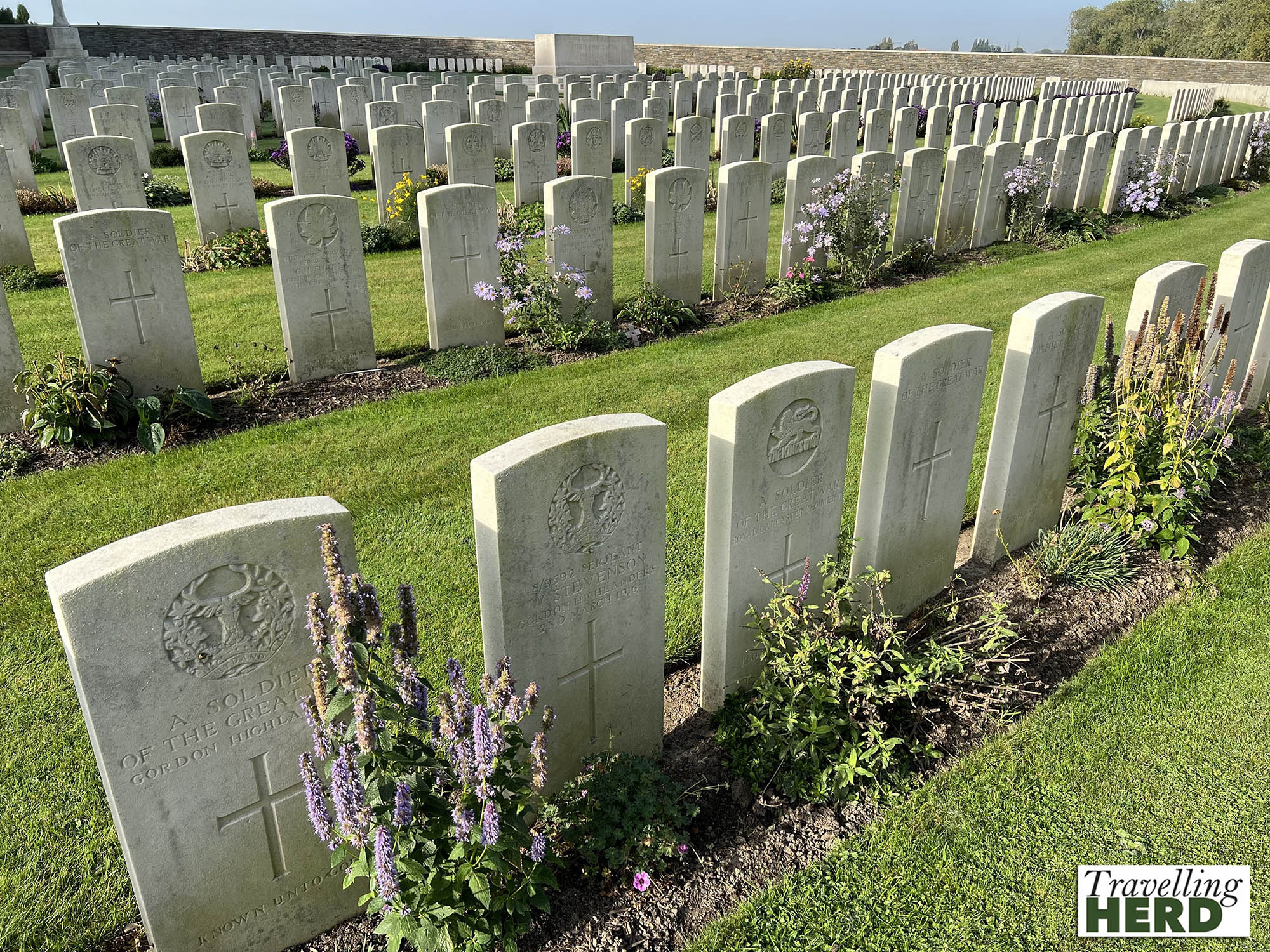
Having paid our respects at the cemetery and museum we drove on to our campsite close to the Ieperlee River, which has been made into a canal, and walked along its banks into the small picturesque Flemish city of Ypres. Here, the main square, Grote Markt is surrounded by historical buildings including the imposing Cloth Hall [see below].
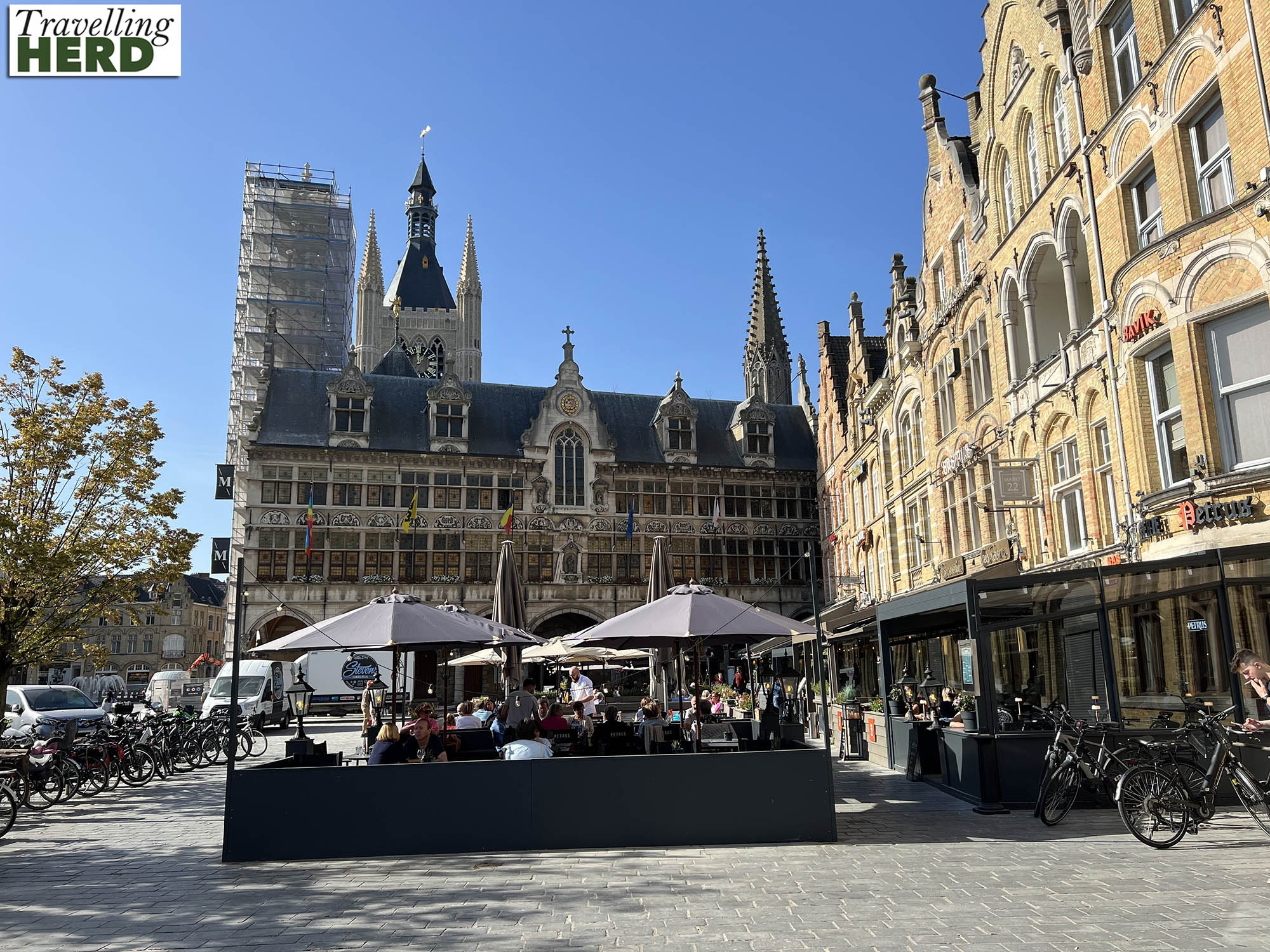
St Martin’s Church served as a cathedral from 1561 to 1801 and is therefore suitably impressive.
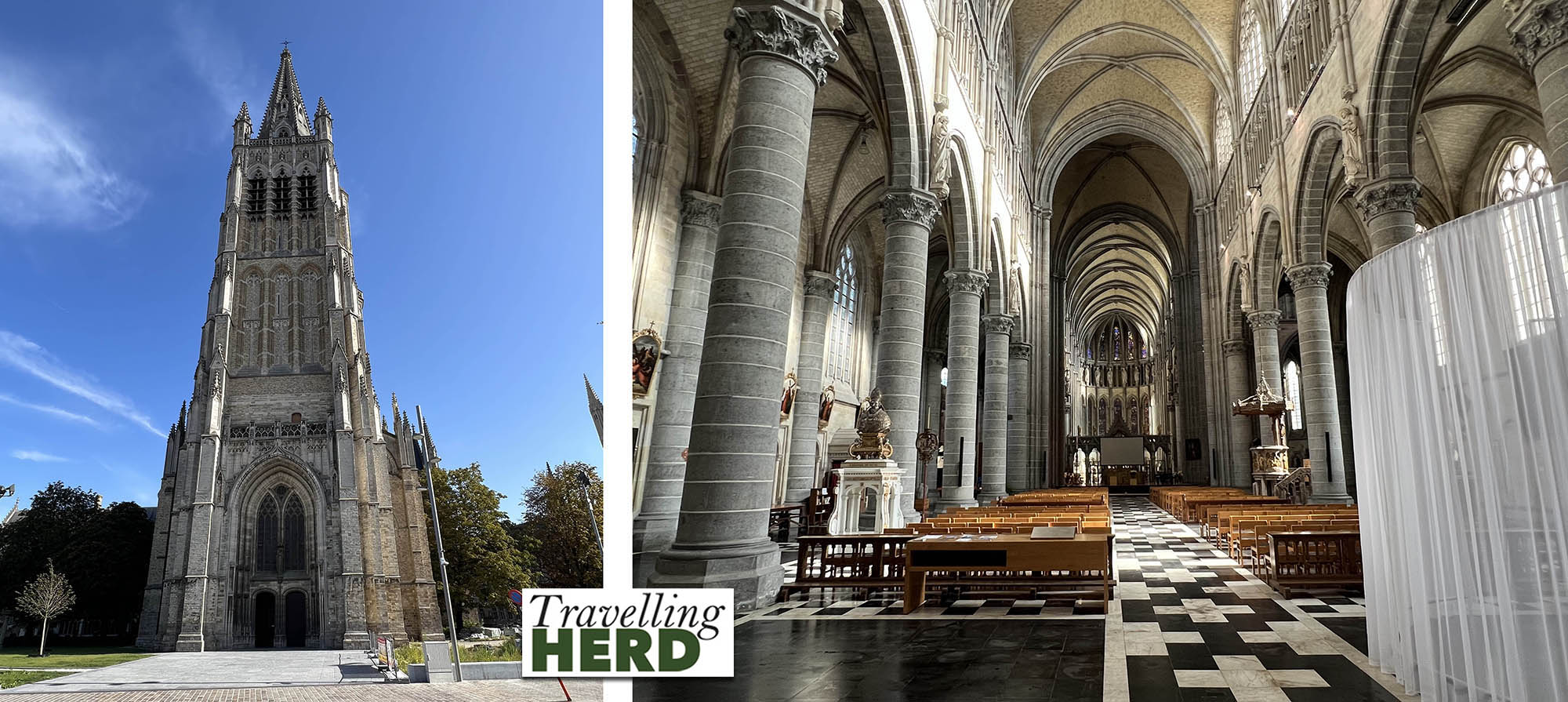
Heavily damaged during WWI, the ruins were cleared and rebuilt between 1922 and 1930 to the original plans, although the tower was made higher than before. At 102 metres (335 ft), it is among the tallest buildings in Belgium.
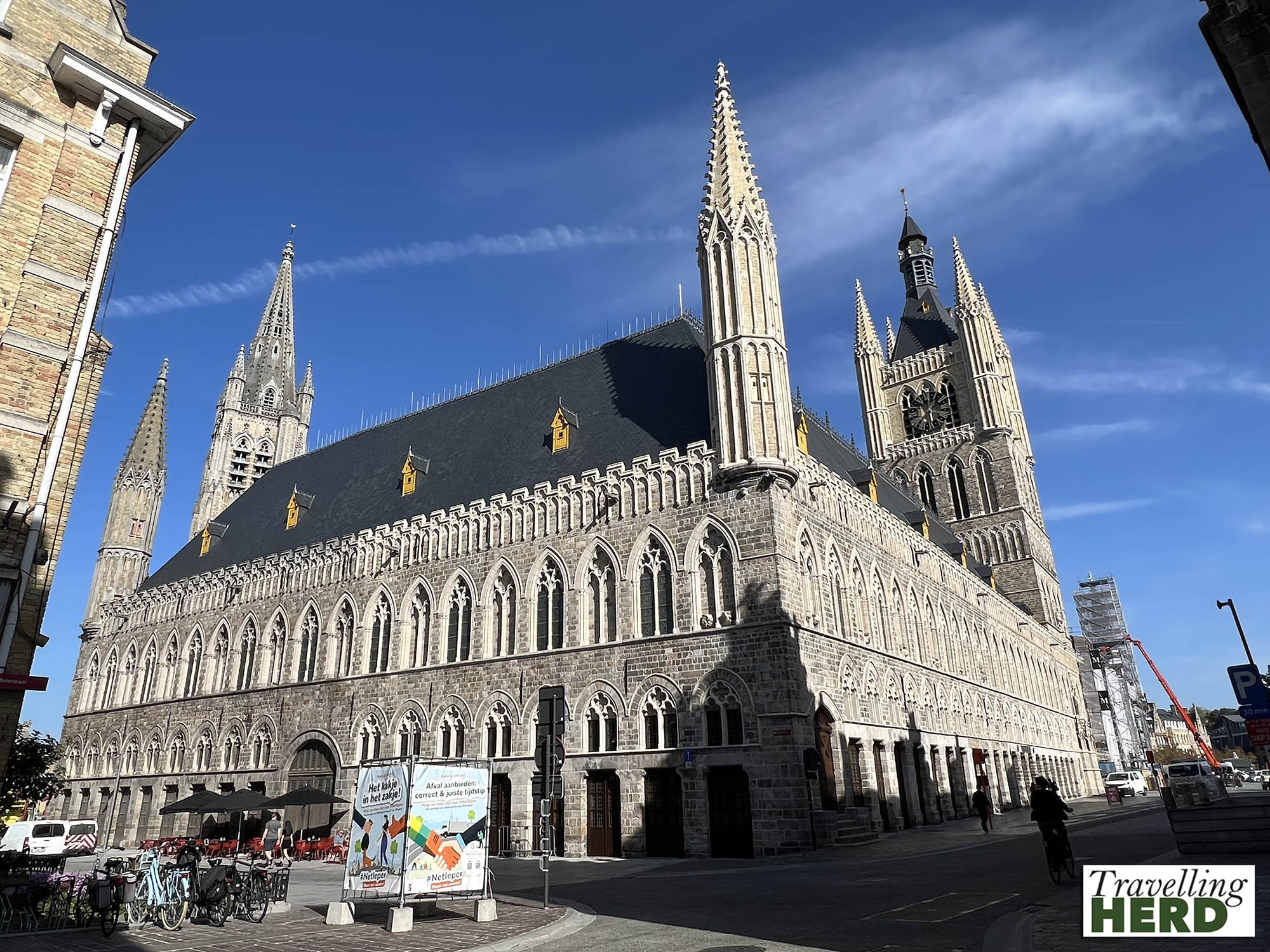
We decided to walk around the fortifications along the canal and were surprised to find a small, quiet Commonwealth War Graves site beside the water.
Back in the town we were even more surprised to see a young man walk out of a military shop brandishing the sword he had purchased for himself.
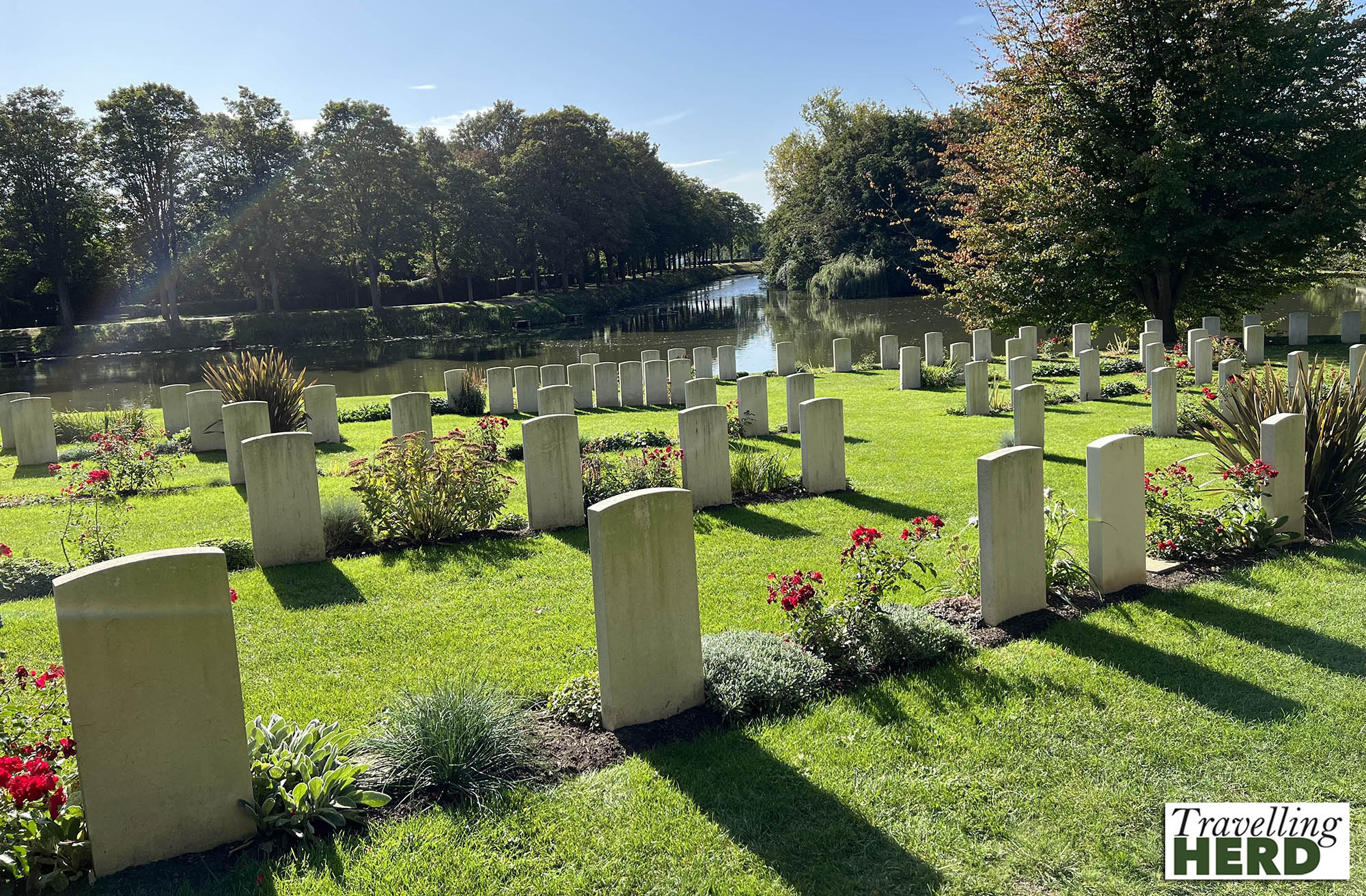
Unfortunately the Menin Gate Memorial to the Missing [to give it its full title] was covered in scaffolding during a period of restoration work. We agreed we should return to see it when the work was finished but we found we could not pass up the opportunity of attending the moving Last Post Ceremony which is held there every evening at 20:00 [see Video of the Day].
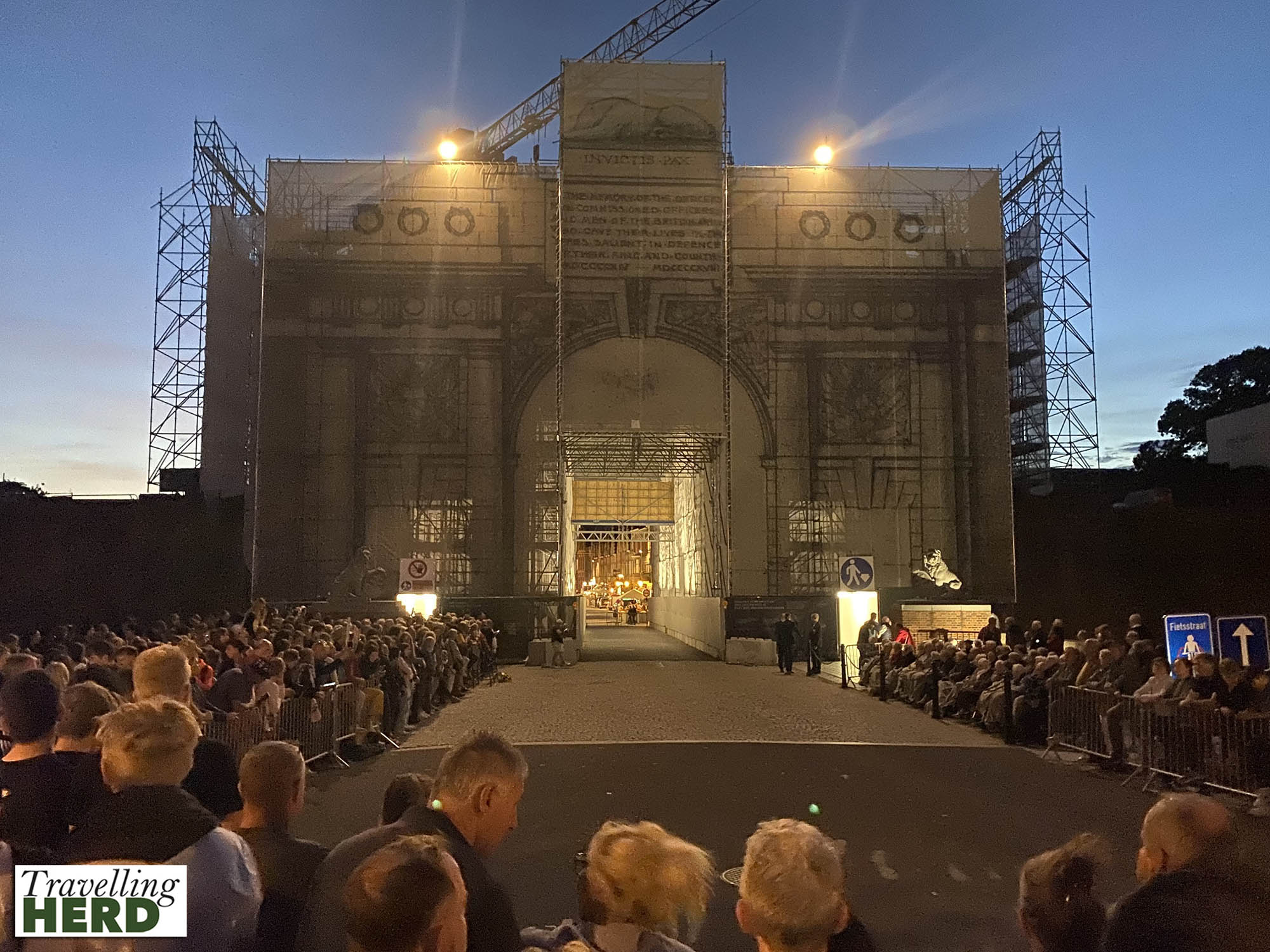
According to Robert, no visit to Belgium in a largish vehicle with plentiful storage space is complete without a trip to a beer emporium. On our last visit in 2018 we discovered Drunken Vandewoude. Business has obviously been booming since as the company has relocated to larger premises and is now catering to passing trade in a way which they were not geared up to before.
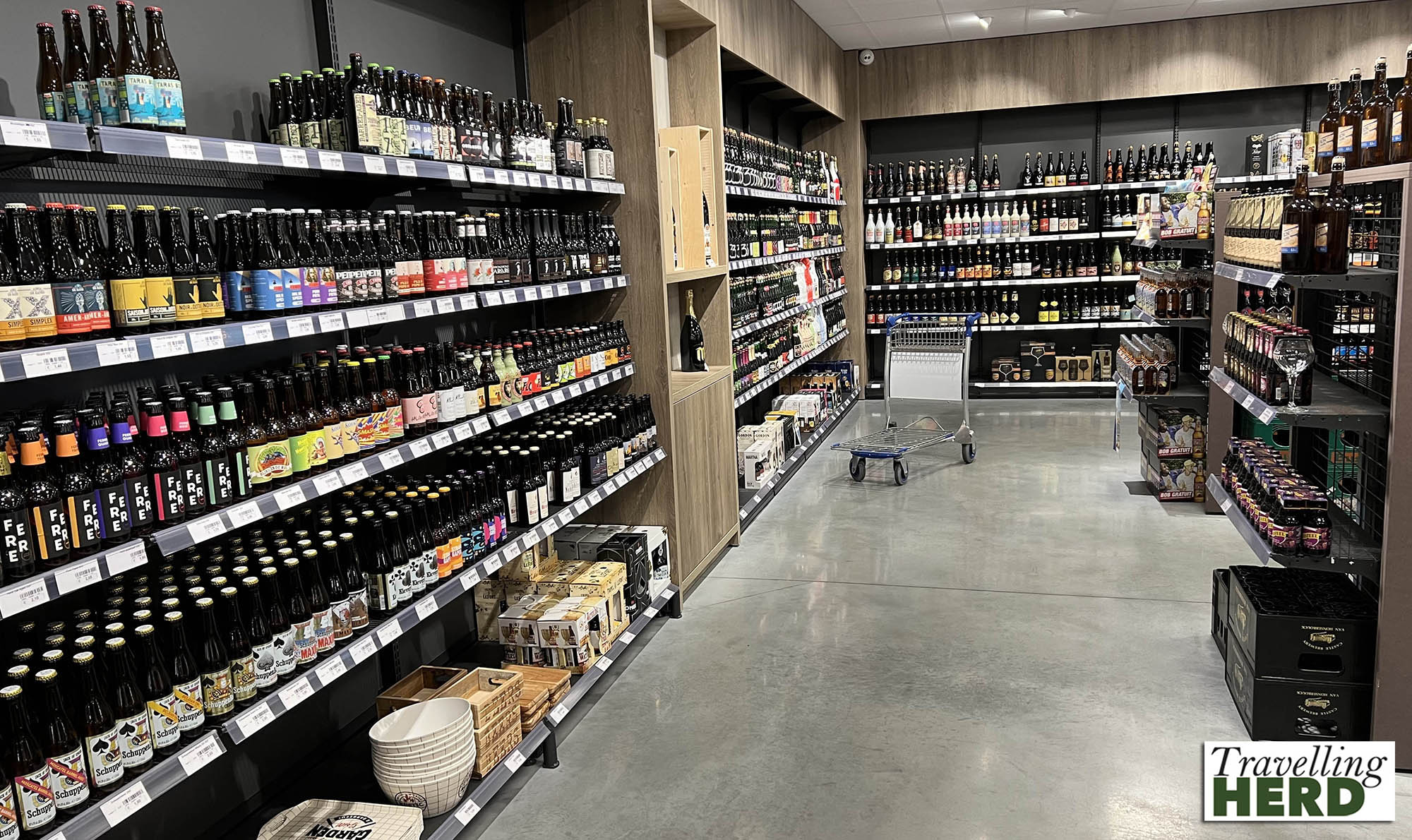
On our first visit, about five years ago, Robert was directed to the nearest cashpoint to get money out to pay for the beer but this time all manner of cards were deemed acceptable.
From here we drove past the beaches at Dunkirk to the Camping des Dunes to be close to the Channel Tunnel to return to England the following day.
Our Rugby World Cup Tour adventure was finally over.
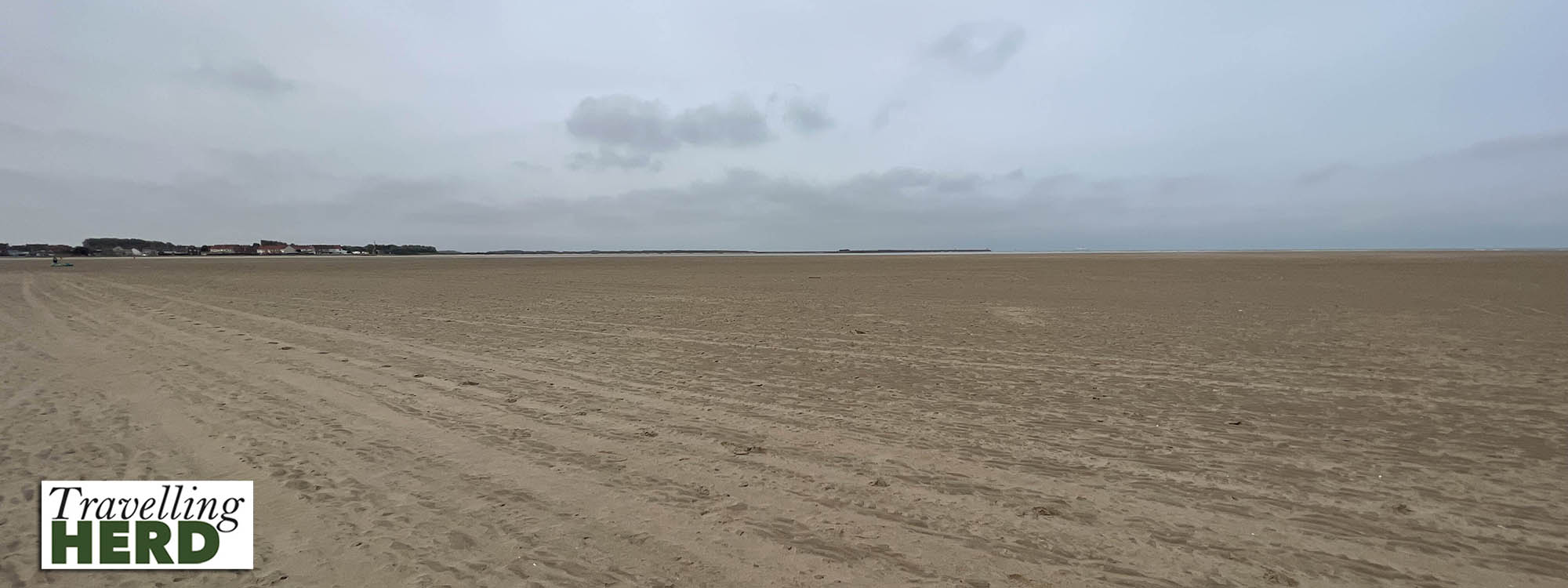
Video of the day:
Selfie of the day:
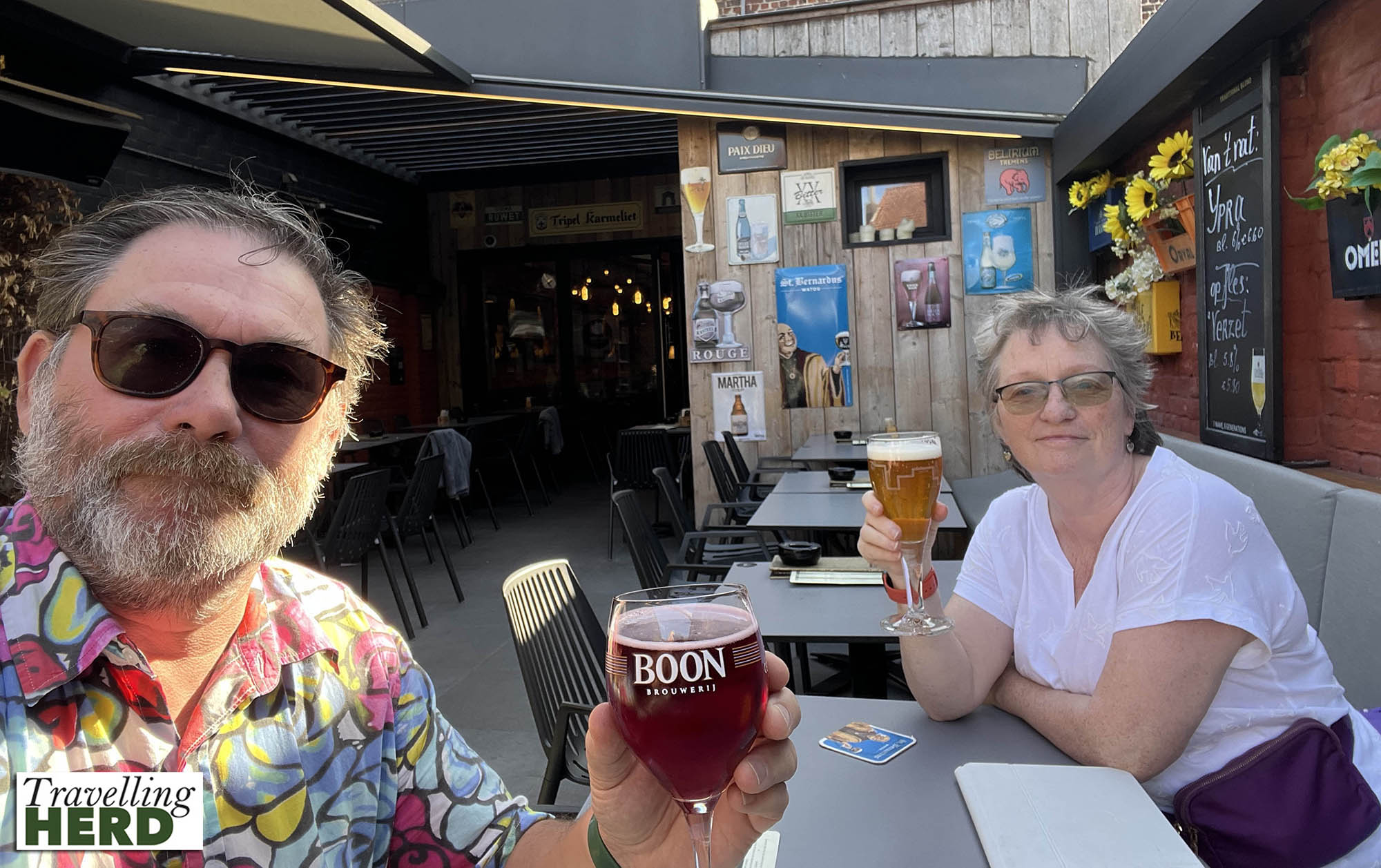
Route Map:
